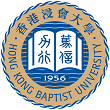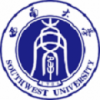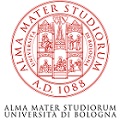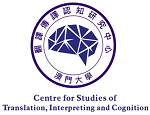Since Krings’s ground-breaking work on exploring translators’ cognitive processes, translation research has been developing and implementing tools and techniques to investigate the processes behind translation products, and the effects of those processes on the quality of target texts. These have been used to build and test models of translation competence setting out the knowledge and cognitive components assumed necessary for effective translation work, key aspects of which have found their way into translator training profiles and translation service quality standards. A central role in acquiring translation competence is ascribed to reflecting on decisions and actions during the translation process, and various process research methods have themselves been used in translator training to encourage self-reflection and to complement traditional product-oriented teaching and assessment. Alongside more established techniques to access and evaluate translation processes, such as written commentaries and think-aloud protocols (TAPs), those currently proposed and deployed with reported success include screen recording and eye tracking combined with various forms of retrospection and (self-)evaluation. Yet, process research is scarce in audiovisual translation (AVT), seemingly restricted to older TAP- and interview-based decision-making studies or newer eye-tracking experiments on subtitling reception and dubbing translation. To our knowledge, moreover, there have been no studies on screen-recording or eye-tracking techniques in process-oriented AVT training, despite the potential added value of students and teachers directly observing intermodal transfer processes. Building on investigations of process-oriented diagnostic and training methods in conventional translation already implemented at our institute and elsewhere, a pilot study was launched to explore the opportunities and challenges of supporting the product-oriented teaching of interlingual subtitling with screen recording and eye-tracking. This paper reports on the design, results and implications of the study, involving eight BA students attending a final-semester AVT module. After presenting and discussing the quantitative and qualitative results obtained on student performances and learning effects, we consider the benefits, caveats and feasibility of applying such techniques.










































